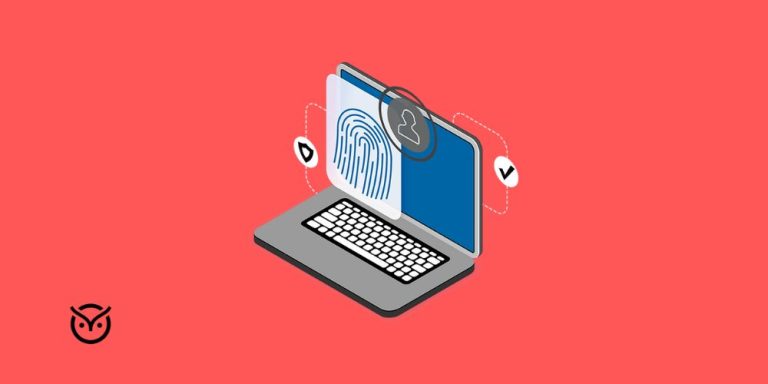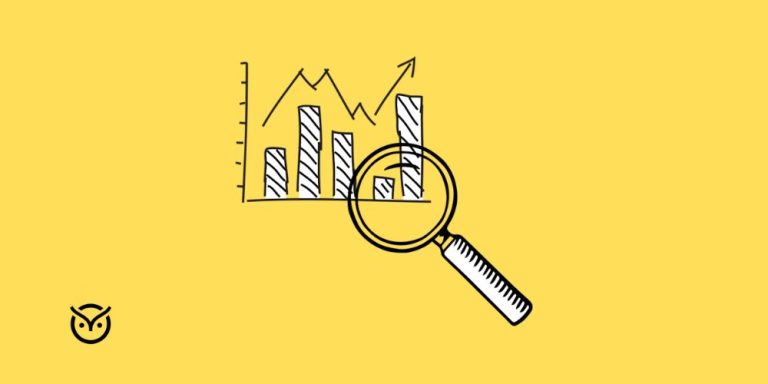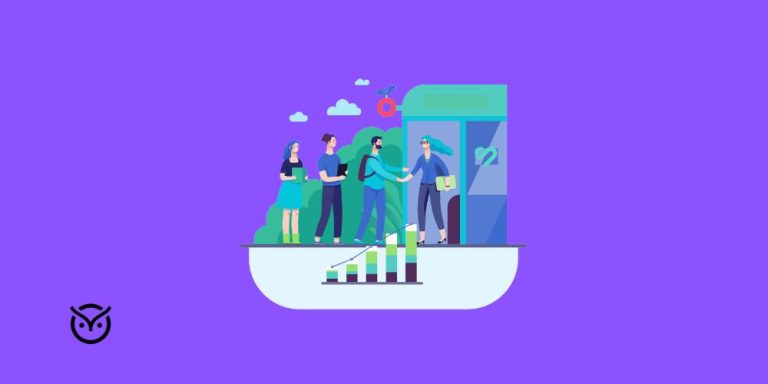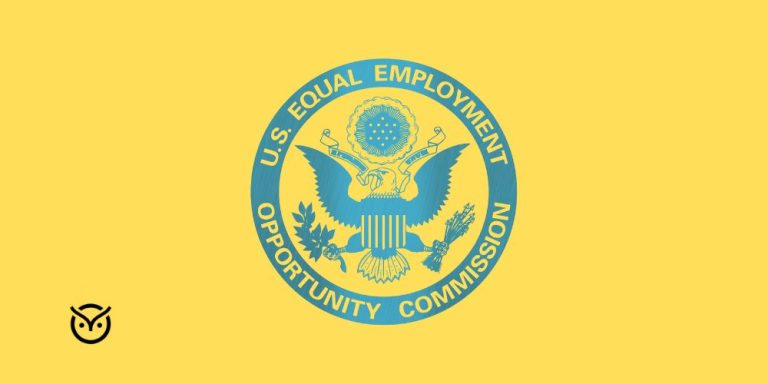The Core Elements of Workforce Planning Every HR Leader Must Know
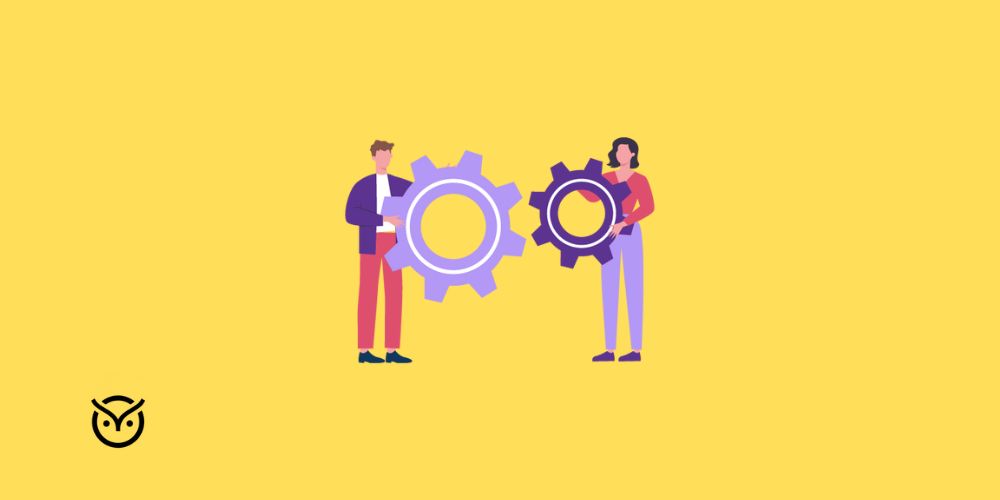
TL;DR
- Workforce planning places the right people in the right roles at the right time.
- Good planning lowers hiring costs and raises productivity.
- It involves assessing your workforce, forecasting needs, and closing skill gaps.
- A strong plan helps teams adapt when conditions or business priorities change.
Most companies discover too late that they have either too many people or too few, or people whose skills do not fit the work ahead. That mismatch can slow things down, push budgets up, and make teams feel stuck. That is where elements of workforce planning can save the day.
In this blog, you will see how proper planning of the workforce helps you avoid chaos and build a stable, skilled team. You’ll learn the core building blocks of workforce planning and how they help you stay ready, whatever the future brings.
Why Workforce Planning Matters for HR Leaders
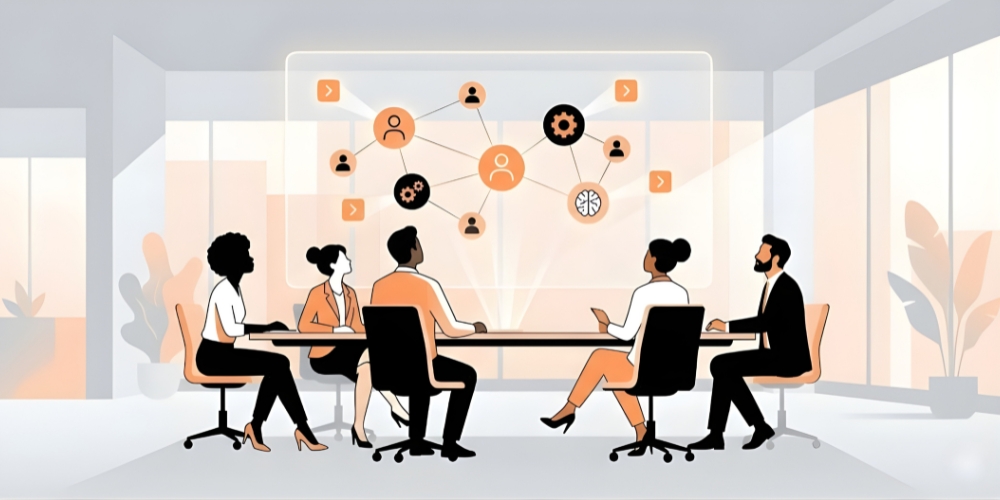
Understanding why is workforce planning important matters more than ever. Many organisations still struggle to move beyond basic headcount discussions. While most leaders agree that workforce planning is essential, Gartner estimates that only about 15 percent of organisations engage in strategic workforce planning, meaning many still react to gaps rather than prepare for them in advance.
Understanding why is workforce planning important matters more than ever. Workforce planning aligns staffing levels with current and future business needs.
One significant benefit of workforce planning is cost efficiency. Forecasting talent needs and properly allocating people helps avoid overstaffing or understaffing. That saves money on unnecessary hiring or overtime pay.
Planning also boosts productivity. With the right people in the right roles, and clarity about roles and skills, teams work smoothly. It helps HR teams think ahead rather than react.
Workforce planning also supports retention. SHRM reports that 68 percent of workers say they would stay with their employer for their entire career if the company helped them keep their skills current, which shows how much ongoing development influences long-term loyalty.
Because business conditions keep shifting as markets change, projects evolve, and technology advances, a good workforce plan gives your organization agility. It means being ready when demand spikes or when new skills are needed.
The Core Elements of Workforce Planning

Here are the primary building blocks that make up a solid workforce plan:
Current Workforce Assessment
You begin by analysing your existing people, their skills, experience, performance levels, and even contract types. This helps you see what you have now and what you need. That baseline is essential to forecast future requirements.
Forecasting Future Needs (Demand & Supply)
Next, you project what your business will need in the near and long term. That means estimating how many people and what skills will be required, depending on your growth, upcoming projects, or strategic moves. This is a core part of the workforce planning process.
You also estimate your internal supply, how many people will be available, their skills, and whether there will be retirements or departures. That way, you can determine whether your future demand can be met internally or if you need to hire externally.
Gap Analysis
Once you know what you have and what you will need, you identify the “gaps,” roles, or skills that are missing or might be lost. Gap analysis helps you see where shortages may occur or where extra training might be needed.
Action Plan to Bridge Gaps
After you spot the gaps, you put together a clear action plan. This can involve hiring new people, training or upskilling the team you already have, or shifting roles to match what the business needs. This step is where the analysis turns into real workforce decisions.
Monitoring and Adjustment (Flexibility)
Because business needs can shift, good workforce plans are not fixed. They adapt to changing conditions. That’s why effective planning allows for changing conditions. Regular reviews let HR leaders adjust staffing, retrain people, or hire as needed to stay aligned with business goals.
Integration with Talent Management and Workforce Planning Culture
Workforce planning does not stand alone. It works best when integrated with talent management and workforce planning efforts, meaning recruitment, employee development, retention, and succession planning all flow from the same strategy.
These core elements combine to form what you call a workforce planning framework. A strong framework supports both short-term needs and long-term goals.
Build Your Workforce Plan
Drag the steps into the right order, then click “Check order”.
- Forecast needs
- Monitor and adjust
- Identify gaps
- Assess workforce
- Create action plan
Correct sequence explained
- Assess workforce understand current skills, roles, and capacity.
- Forecast needs look at future demand for people and skills.
- Identify gaps compare what you have with what you will need.
- Create action plan decide how to hire, train, or reorganise.
- Monitor and adjust review results and tweak the plan over time.
The Role of AI in Workforce Planning

AI is now a significant part of how companies plan their teams. Modern systems use historical patterns and real-time data to predict hiring needs, identify skill gaps, and inform decisions with greater accuracy. This helps HR leaders stay ahead rather than react when problems arise.
AI also helps with forecasting by reading large volumes of workforce data faster than traditional methods. This matters for operational workforce planning, mainly when teams deal with shifting project loads or seasonal hiring. It highlights risk areas early, such as rising turnover in a specific department or upcoming shortages in critical roles.
AI can analyse behaviour, performance trends, and internal talent movement. This kind of insight supports strategic workforce planning by showing how the organisation’s skills will evolve. AI tools can also map which employees are ready for new roles, which skills need training, and which tasks could be automated.
Another advantage is visibility. AI-driven dashboards turn complex data into clear views of your current and future talent pool. These dashboards guide smarter decisions across hiring, training, budgets, and role planning. Well-designed workforce planning tools also connect HR, finance, and department leaders in one place, so planning stays consistent and aligned.
This makes it easier for companies to adjust their workforce planning process as business needs change. It also supports better long-term thinking about what is workforce planning and development, helping teams stay skilled, efficient, and ready for the future.
Human or AI? Guess the Insight
Read each prediction and choose whether it was made by AI or by a human reviewer.
“Turnover risk for the next quarter is rising in Team A.”
“We will need three more data analysts next year.”
“Upskilling is recommended for the product team.”
Conclusion
The right approach to workforce planning helps HR leaders stay prepared instead of overwhelmed. When you understand the key elements of workforce planning, you can build a team that is skilled, balanced, and ready for growth. Strong planning improves stability, builds team confidence, and supports smarter decisions.
Whether you are forecasting talent needs, identifying skill gaps, or adjusting roles, a clear and organised approach keeps you ahead. As AI adds more clarity and speed to the process, workforce planning becomes even more effective. Organisations that use this approach build stronger performance and steady long-term growth.
FAQs
AI improves accuracy by studying patterns in your workforce data. It highlights risks early, predicts hiring needs, and shows where skills may be lacking. This helps HR teams plan smarter and act sooner.
The key parts include assessing your current team, forecasting future needs, identifying gaps, creating action plans, and reviewing progress. These steps explain what is workforce planning in HR and ensure your staffing aligns with business goals.
HR leaders use information such as skills, performance, turnover rate, role requirements, and upcoming business needs. This supports examples of workforce planning and helps organisations analyse the impact of effective workforce planning in a structured way.

